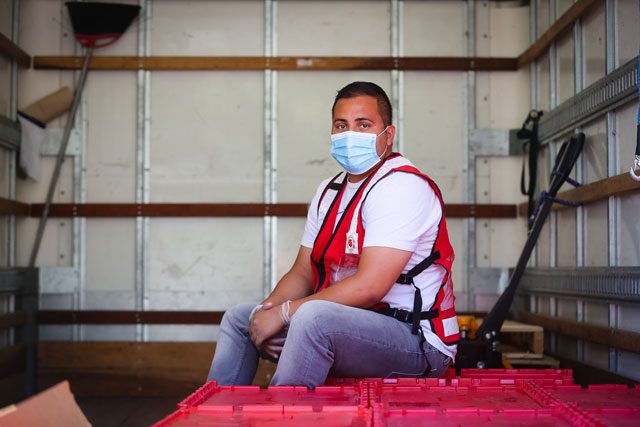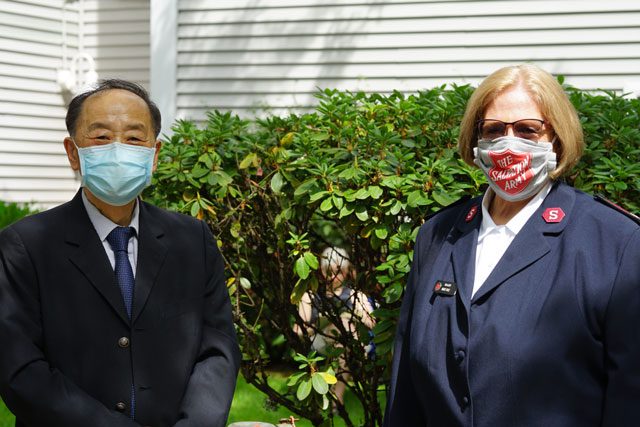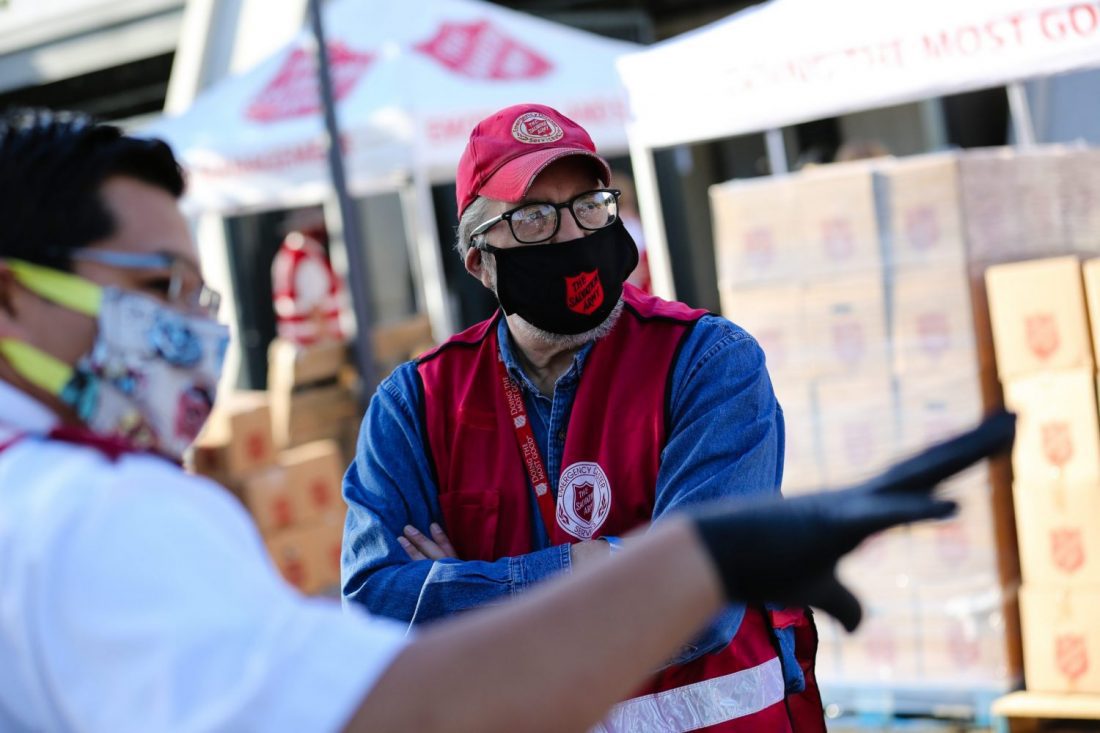The application standardizes EDS reporting across the territory
The Salvation Army Western Territory’s Emergency Disaster Services’ data reporting has consisted of everything from collecting statistics on canteen napkins to divisions using varied platforms like Excel or Google Docs. But the need for standardized territorial reporting remained, especially with the growing EDS COVID-19 response. To solve this, the Information Technology Department launched an EDS Reporting Software on May 1.
“We’ve always wanted to get a hold of this information in a central place because really this is Salvation Army data, and when we’re using other tools we don’t have any control over it,” said Tim Schaal, territorial IT Director. “Now we have a standard way that we report disasters moving forward in the territory. That’s a huge win. And the data is all kept within The Salvation Army enterprise and not out on Google or some other system.”
Of course, this data is key for the Army.
“Statistics are vital for emergency services to tell a story, as well as to make informed decisions,” said John Berglund, territorial EDS Director. “It’s important that we standardize how we collect statistics, how we define statistics, and also we need to align those with the National Headquarters statistical system. The app is going to help move that process forward.”
EDS approached IT for help after being overwhelmed by having to gather widespread data from every division all at once due to the pandemic. The new EDS reporting software application was developed in three weeks. It is now live at edsreport.usawest.org.
“The nice thing about this is that it’s a territorial standard, so when people move from place to place or division to division, it’s always the same,” Schaal said. “How we input the data looks the same, and what we get out of it looks the same.”
In it, users can create daily reports and share stories of EDS services provided for every disaster—no matter how big or small. All information is then fed into the monthly statistical report EDS staff are required to complete. There were over 500 entries in the first two days after the app’s inception.
“Anyone who works in EDS should be filling it out at the end of the day, answering questions like, ‘What did you do that day, or ‘How many people did you feed?’” Schaal said. “Once that’s done, it goes into our database so we can slide, dice and report on it.”
This data is vital for NHQ statistical requests, as well as for securing funding from private donors and government agencies such as the Federal Emergency Management Agency. It’s also essential for Salvation Army public relations efforts.
Once submitted, the information is quickly available to all EDS directors, as well as divisional and territorial administration—as the system updates every two hours with new reports.
For Major Richard Pease, Intermountain Divisional Secretary for Business and Denver Metro Coordinator, the software eliminates the previous time spent sorting through data compiled across different software platforms.
“By rolling out this app, THQ is asking the same questions of everybody. We’re getting the same data from everywhere and looking at the same numbers across multiple commands to hopefully generate some trends,” Pease said. “It helps us identify what the real needs are, and how we can meet those needs in an appropriate and relevant fashion.”
He also said it facilitates the reporting process on the field level.
“There are always questions of what’s happening in the field,” Pease said. “By having it all in one spot, it not only helps us on the division level but also on the field level where they’re doing the work so they don’t have to stop what they’re doing and tell us.”
Berglund believes that having the app during the coronavirus pandemic will help EDS staff “navigate the learning curve,” so they’ll be informed and prepared for data reporting on the software during future disasters.
“We’ll be able to definitely improve the ways we capture information, how we process information, and how we interpret information. By doing that, I think it’ll make our work more efficient…and effective,” Berglund said. “This is a tool that we need…so that we can be good stewards for the resources that we have to provide to the field—and so we can provide as much support to the survivors as possible.”
HOW TO HELP:
- If you’d like to make a monetary donation, please click here to make a gift.
- Text ‘GIVE’ to 52000 to make a $10 donation to The Salvation Army. This will automatically add a one-time donation to your next mobile phone bill.
- For information about volunteering, please visit volunteer.usawest.org.
- To learn more about how to support The Salvation Army’s relief efforts, please click here.













